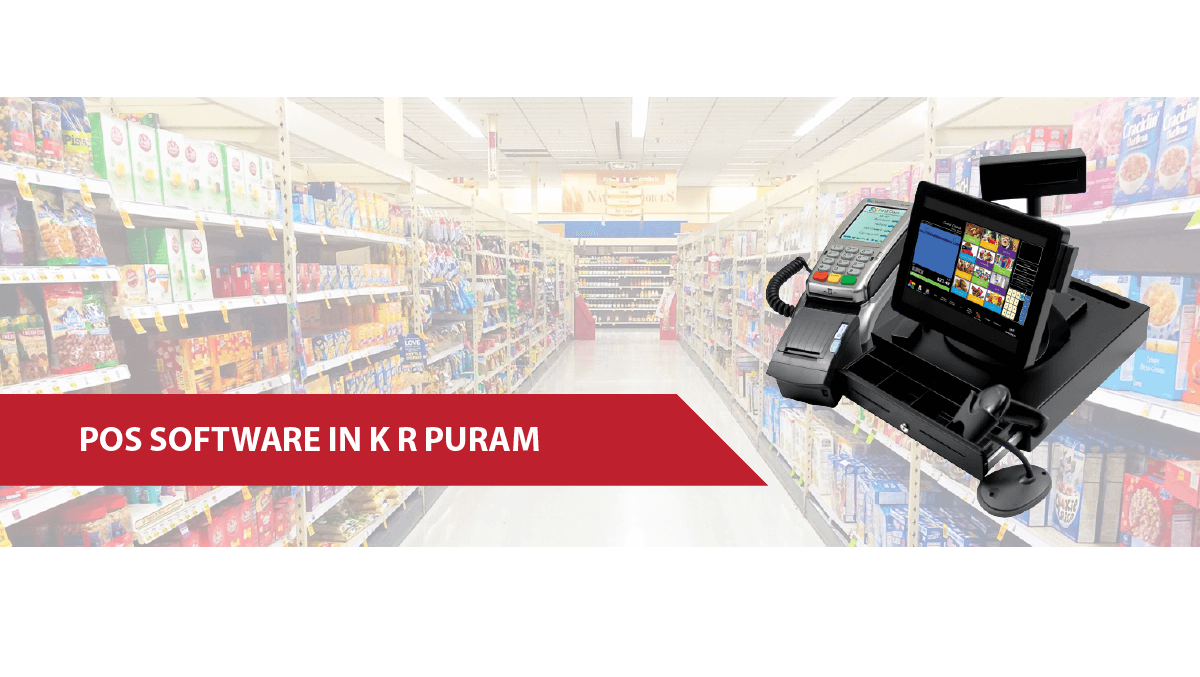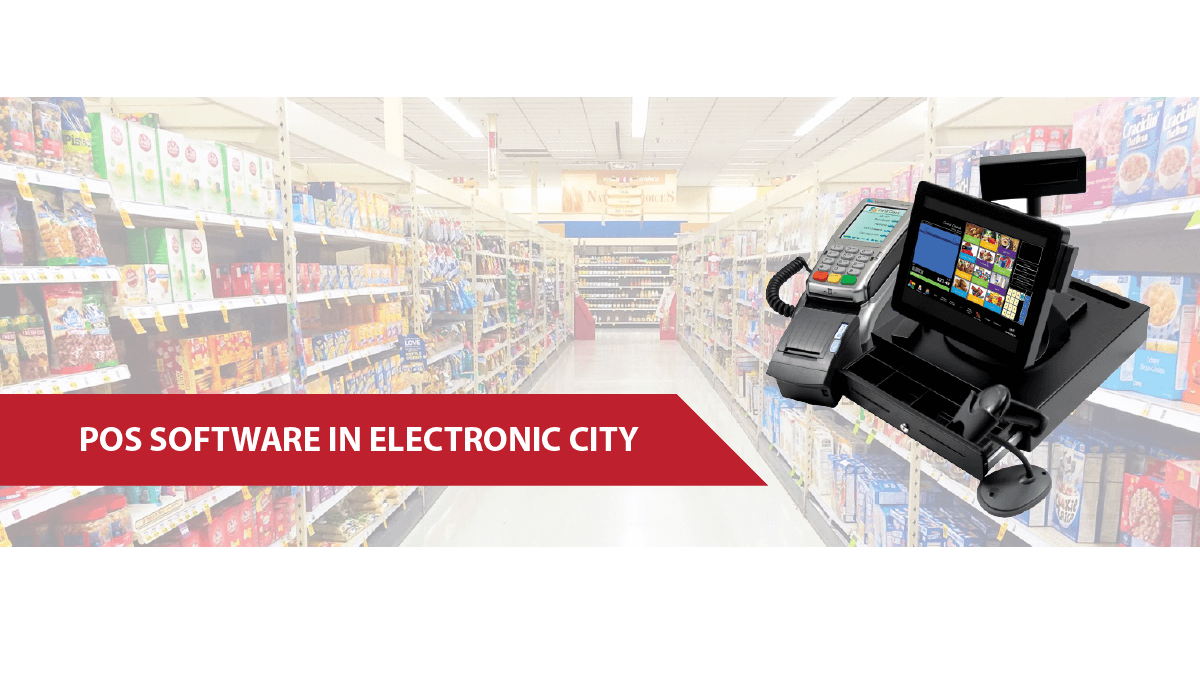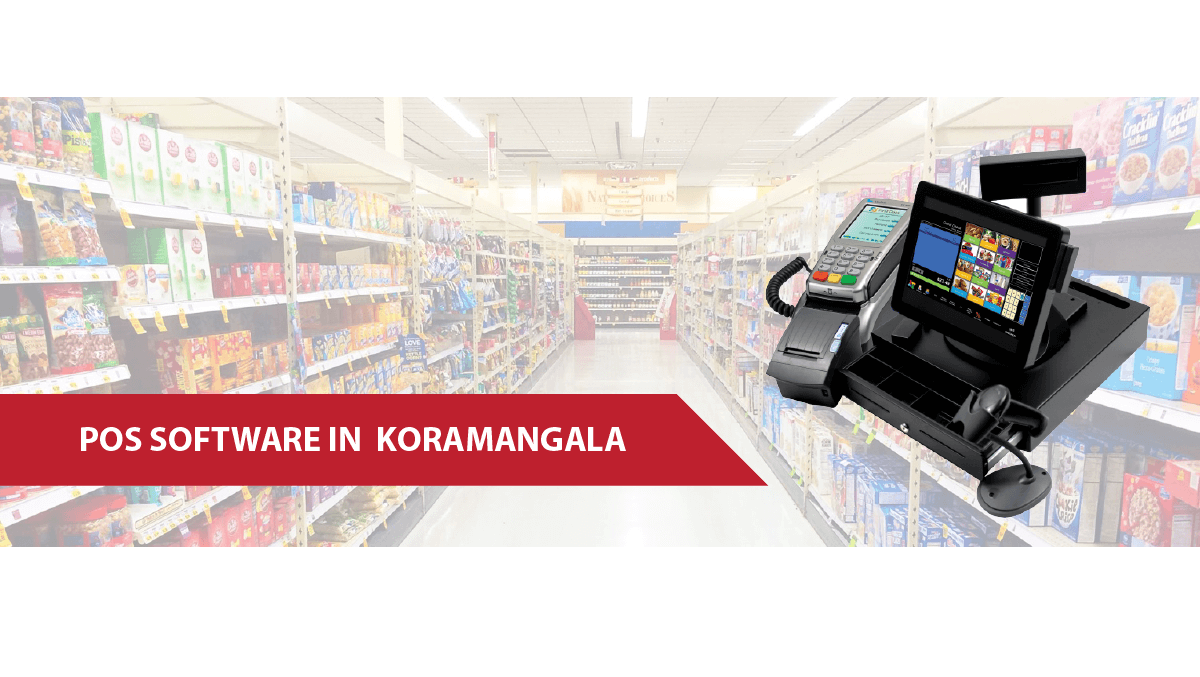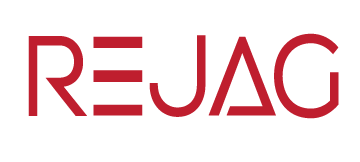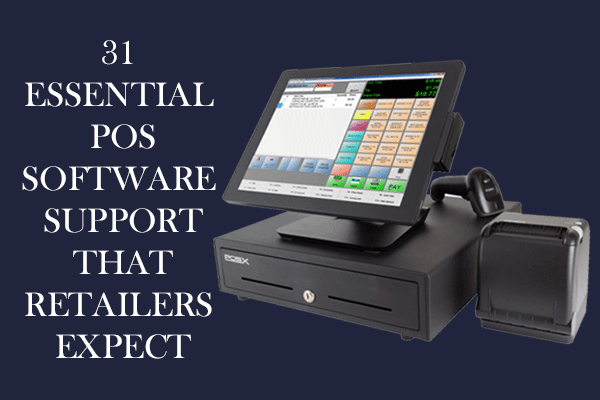
1. Easy to use POS system
You need a POS system that sales assistants can learn very quickly. The look and feel should be simple and intuitive. This will make the transition to the POS system as smooth as possible. Plus, it’ll reduce staff frustrations and keep training requirements to a minimum.
2. Grouped Products Sold as one Item
Another type of product sold by retailers is a product bundle, where several products are sold as one combined product – such as a ‘lipstick, foundation and concealer’ gift pack, where the customer can choose from a range of color options. Retail POS should manage the sale of product bundles at the desired price point – in which case it will decrement inventory levels for each item in the bundle as a result of the sale.
3. Product Information and Stock Availability
In the current retail landscape, consumers expect immediate answers to their questions and seek instant gratification. Store associates must be equipped with the tools to access product information easily and quickly.
Through manual product search, store associates can view product descriptions and images, and advanced search lets you search for products based on more complex criteria – category, product code, and vendor to name a few. It’s common for customers to request a product in-store, only to find that it’s sold out, or not available in the desired color or size. It speaks volumes when sales associates can direct customers to other stores that have exactly what they’re after.
To give customers great shopping experience and build brand loyalty, the POS software system should give accurate figures on product availability in-store, and in all other stores and online sales channels. For an extra customer service touch, retail staff can offer to call the other store to put stock aside while the customer is in transit between stores.
4. Store Transfers
Why not go a step further – customers love it when sales assistants can arrange transfer of an item from another store just for them. It shows you’re going the extra mile to make sure they get that must-have dress or pair of shoes. Also, you may need to transfer excess stock to or from other stores or warehouses. Your POS system needs to have the capability to manage stock transfers.
5. Accurate Stocktakes
Sometimes product inventory levels may need to be adjusted on the fly. For example, POS shows that you have 5 birthday mugs in stock but you only have 3 in the store. Inventory stocktakes should be easy to complete in the POS system so your stock levels remain accurate.
Your retail management solution should provide the flexibility to complete a variety of stocktakes including full, partial, and category-based stocktakes.
6. Customer Relationship Management (CRM)
The best POS systems equip store associates with easy access to customer information in a detailed CRM. This means the ability to create customer records that include:
- Customer profile information
- History of all purchases
- Viewing loyalty program information
- Credit notes and vouchers
This helps store associates to personalize the in-store experience for customers.
7. Omnichannel Customer Loyalty Program
These days it’s glaringly obvious if a retailer doesn’t offer a loyalty program and an enticing one at that. The fact is, customers, have come to expect loyalty offers, and without them, your sales process can lead to attrition.
Careful thought should go into planning your rewards program. Loyalty Programs can be kept simple (such as a ‘spend and earn’ points program) or try offering a tiered rewards program which gives additional benefits to high – value VIP customers.
A key consideration is that rewards should be given for all purchases made – not only in-store but also online. This means you need an integrated business management system. Also, be clear on your terms and conditions such as whether points will be issued for gift card purchases, and whether rewards have an expiry timeframe.
An effective POS system needs to support your unique loyalty program requirements. This includes onboarding members to the program, customer inquiries related to loyalty points balance, and redeeming loyalty points (such as via loyalty vouchers).
8. Sell Gift Cards
The many benefits of gift cards include increased revenue and enhanced customer loyalty. The POS system should allow you to easily sell gift cards and link cards to customer records – even if the card is lost the details can be easily retrieved. Consumers also want the convenience of using gift cards that were bought from your website for in-store purchases.
When a customer presents a gift card and is not sure if it is still valid, or even what the current amount is on the card, you should be able to perform a quick-lookup in the retail POS software to answer their questions. You should also be able to apply multiple gift cards to the same payment transaction.
9. Sales Promotions and Discounts
Promotions and discounts help to increase sales, attract new customers, and retain current customers. Retailers typically run promotions for special occasions such as Valentine’s Day, Christmas, and end of season sales.
The best POS systems can manage a broad range of promotion types, from simple ones such as ‘10% discount store-wide’, through to more complex promotions such as ‘buy 1 item and get 10% off the second item’, or ‘spend
$20 to get a 10% discount on sales total’, or ‘buy 3 and get the 4 the item for free’.
The POS should provide authorized sales associates the flexibility to apply discounts in various ways – whether that’s a dollar or percentage value, to select which products in the transaction to discount, allow price overrides, or cancel discounts if required.
10. Purchase Orders
For stores that receive planned and unplanned inventory shipments directly from suppliers, your POS system needs the capability to manage both of these scenarios. For planned shipments, look up the purchase order number and receive the stock.
Alternatively, purchase orders can be created on the fly for unplanned shipments. Once shipments are processed, POS inventory levels are increased and staff can start selling these products in-store right away.
11. Quote to Order
An advanced cloud POS system gives the ability to issue customer quotes for desired products. Store associates can issue a quote receipt, and once the buyer is ready to proceed, the sales assistant simply scans the barcoded receipt to retrieve the transaction details. With the click of a button, the POS will convert the quote to a customer order where more products can be added if desired, or payment can be processed.
12. Accept Split Tender Payments
Consumers want the convenience to pay however they choose. Rather than paying for the goods by cash only, or by credit card, they may want to pay using split tender – a combination of cash and card, or cash and gift voucher, or card and credit note. POS needs to accommodate for these split payment options.
13. Custom Receipt Messages
Retailers like the ability to tailor POS receipts with relevant information. Make sure you can include your business logo, and various tailored messages for standard receipts, credit notes, laybys, vouchers, and refunds. There should be flexibility to add lengthy messages with no restrictions. This all helps to ensure a satisfying shopping experience.
14. Online Management
As we transition into a technology-dominated world, having both in-store and online presence is essential to optimizing revenue and profits for companies. Customers want to buy online and pick up in-store (BOPIS), and view a website to see if something is in stock before they go to a store. To increase your online presence and grow your business, your POS system should offer an omnichannel experience and online sales management. These two work hand in hand, as online sales management provides the option to effectively regulate e-commerce, while an omnichannel platform supports the sales of products everywhere your customers are – in-store, mobile, online, mobile online and social media.
15 Inventory Management
The ability to monitor inventory in real-time is one of the best features of online POS systems offering. Business owners can monitor their supply rates easily and effectively by combining business orders with an online and in-store buyout.
16. Third-Party Software Integrations
A POS system that integrates with other systems will bring to your company a customer service dimension without implementing a completely new development process to accommodate a new program.
17. Mobility
Mobile POS systems are becoming popular in retail markets, with consumers starting to anticipate them. Consumers hate standing in line, and the dimension of mobility reduces the problem. Stores like Apple use their sales associates ‘mobile POS program to search for customers wherever they are on the sales floor. It offers consumers a more personalized experience, which encourages them to fully bypass the queue.
Some POS systems have CRM features built-in, and some offer a variety of readily integrated applications.
18. Reporting Tools
Reporting devices are essential aspects of retail POS programs. Retailers need to see which goods are their best sellers (top margins) and worst sellers (low margins) as well as their profits. Seeing hourly transactions and movement of the items will allow you to change your purchase orders accordingly.
19. Multiple Payment Methods / Split Payments
Move beyond conventional forms of payment including cash and credit cards. Check for a POS that lets you make mobile payments. You may want a charge to be divided if a customer decides to spread their charge over a few gift cards, and Amex and cash.
20. Returns, Refunds, and Store Credit Features
Ironically, return policy for a store can be crucial for its survival, as consumers increasingly favor shops with shopper-friendly policies.
To this end, you can make sure your POS program will help you build the perfect return policy for your store by providing you with versatile options for returning merchandise for both refunds or store credit.
21 User Accounts and Permissions
If you’re a single-person company, you’ll definitely have several employees working the registers. You need a program that allows you to build a consumer for each of them so that you can monitor each person’s sales. Ultimately, this feature will allow you to set sales targets (or to see whether maybe one of your employees is dishonest).
Additionally, you should be sure to have a program that allows you to secure each user’s password, as well as give you the ability to choose whether or not to have a user login for each new transaction they make.
22. Customer-Facing Display
A customer-facing display means they can watch the transaction happening on a (usually secondary) screen which faces them as a customer is being rung. Customer-facing displays provide a high degree of clarity in the transaction for consumers and can make it easy for them to point out whether there are errors in the order before it is ordered.
23. Bulk Product Imports
Make sure you can upload all your items in a bulk upload, whatever retail management system you go with. If you have only a few products for sale, it can get boring to manually upload every product you have and it’s a waste of your time when you can just get a program that can run a bulk upload.
24. Stock and Auto-Filled Orders
Your inventory management program will make buying more stock for your store a snap too. You will both be able to build the stock order in your system, and then submit it through the system to your suppliers.
25. Stock Transfers
A stock transfer function is important for a store that has more than one physical location. Moving stock would make moving products between stores simple for you, so you can switch the product from one place to the next.
26. Promotions
To transfer the product you may need to run promotions or discounts. Choose a program that lets you do this quickly, and when you are discounting you won’t have to worry about manually updating prices or product data.
27. Dashboard
A dashboard gives you a peek into how your store is doing. It’s a great feature to have, because it gives you an instant output of your company without searching or looking for the details.
28. Customer Reports
Your retail management system should provide you with insights into who are your best customers and what you can do to get them involved. When shopping around for a POS or retail system, be sure to look for customer reports.
29. All Accounts Related Reports and GST Filing Specialty
Both accounts related reports such as revenue return, buyback, profit, and loss record, balance sheet, small cash, and GST filing specialization in POS Software allow auditors to function easily.
30. Credit Card Processing
The handling of credit cards is another important aspect to consider when choosing a POS program. You have the option of a POS system that is compatible with a processor or a POS system that provides in-house service processing.
Multiple credit card processors are compatible with the best POS systems, or at least offer you the option to compare rates and switch processors when required. This is especially important if you have processor problems.
31. Fashion Matrix (Apparel and Footwear Software)
This feature is imperative for industries like apparel and footwear, where product variants are best managed in a grid format of “style color size.”
Let’s take a couple of shoes as an example-on one screen the fashion matrix displays the colors and sizes for the shoe design. Sales assistants display the availability of color and size, and other details unique to the design picked. To connect the product to the sales transaction, they select the color and size needed from the grid.


